Makes Appropriate Movement Between Activities
What does “Makes Appropriate Movement Between Activities” mean?
This skill shows how a child handles transitions or the time in between classroom activities. Transitions allow the whole class to move together from one activity to the next, like moving from center time to lunchtime. To keep the class on track, it is important that transitions between activities are smooth. A child that demonstrates this skill stops the current activity and follows the teacher’s directions to go to the next activity. This skill is important because it shows that children are learning about the flow of the school day and understand that the class must stop and start activities together to be successful.
What does this skill look like?

At Home
Avery and her sister are eating breakfast. Her dad reminds them that they need to finish breakfast and go put on their coats, hats, and gloves before they all leave for the day. Both girls finish their breakfast and go to find their coats, hats, and gloves. Avery puts her things on and waits by the door for her dad.

In The Classroom
Nova is enjoying playing with blocks during free play. Her teacher says that it is time to clean up and gather on the rug for Read Aloud time, when the teacher reads to the whole class. Nova’s teacher instructs the class to put everything away and then come sit quietly on the rug. Nova is having a lot of fun, but she stops playing and returns the blocks to their container. Nova then sits quietly on the rug and waits as some other children finish cleaning up.
 Children can see the value of “Makes Appropriate Movement Between Activities” in the book:
Children can see the value of “Makes Appropriate Movement Between Activities” in the book:
Clean-Up Time
For more information about this book and other books that highlight this skill, visit our READING LIST page.
TIPS FOR FAMILIES
How can I explain this skill to my child?
You can explain the importance of making appropriate transitions to your child by describing a safe trip from one place to another. You can ask your child to imagine you’re going to visit a friend. To get there, you need to follow the directions from your home to your friend’s home so you don’t get lost. You also need to travel safely so you don’t get into an accident. When we follow the directions and travel safely, we get where we want to go faster and can spend more time having fun.
What are some things I can do to help my child learn this skill?

Teach your child how to Name it, Tame it, and Reframe it. Making appropriate movements between activities is tough because it requires children to stop and start activities when someone else says so. Being told to stop an activity can be especially frustrating. You can help your child learn to handle their frustration by teaching them to Name it, Tame it, and Reframe it. Building this skill will take time and your child will need to practice it many times with your help. Follow these steps to help your child learn this process, and don’t forget to let them know when you see them trying to use it!
- Name it. Tell your child that when they feel an emotion they don’t like, they should take time to identify it.
- Give your child an example of what naming an emotion looks like. For example, you can say, “If I don’t want to turn the TV off to eat dinner, I might feel frustrated,” or “If I don’t want to stop drawing because I’m not done with my picture, I might feel frustrated.”
- Tame it. Once your child says what they are feeling, tell them to take a few deep breaths or count to five to help themselves feel better.
- For example, you can say, “When I feel frustrated, I count to five to help myself feel better.”
- Reframe it. After your child has calmed down, tell them to reframe the situation in a positive way. For example, they can focus on the next activity or on coming back to what they are doing later.
- Give your child examples of how to reframe a situation. For example you can say, “When I don’t want to turn off the TV to eat dinner, I feel frustrated, but I am also hungry at dinner time and once the TV is off I can eat,” or “When I don’t want to stop drawing because I’m not done with my picture, I feel frustrated, but I can save it for later and finish it then.”
Using a chart, like the one below, can help remind your child of these steps.
 | NAME ITWhat are you feeling? |
TAME ITTake a few deep breaths or count to five. |
|
 | REFRAME ITHow can I think about this in a positive way? |
This strategy was adapted from, Mulcahy, W. (2012). Zach gets frustrated. Minneapolis, MN: Free Spirit Publishing Inc.

Develop a daily routine. When children know their daily routines, it can make changing activities easier. Knowing what is next helps children get ready to move from one activity to another. One way you can help your child prepare for activity changes is by making a picture chart of a routine. Post the chart in a spot where your child can easily see it.
Get up | Use the bathroom | Brush teeth | Get dressed | Eat breakfast | Put on shoes & coat | Leave for school |
|---|---|---|---|---|---|---|
 |  |  |  |  |  |  |

Break transitions up into steps. To make appropriate movements between activities, your child needs to use several skills that they are still developing, like following directions and being patient. To help your child learn how to move between activities, try these steps:
- Make sure you have your child’s attention before telling them to stop something and start something new. For tips on how to get your child’s attention, check out Tip 1 for “Listens and follows directions.”
- Coming Attractions. Children respond better to changing activities when they know a change is coming. Before a transition, give your child “coming attractions” to let them know what activity is next. For example, you could say, “After you finish reading that book please put it back on the shelf. Then we will put our shoes on and go to the park.”
- Countdown. Give your child warnings about the amount of time left until a transition. You could say, “Avery, in five minutes it will be time to get your shoes on.” You can also use a timer and set it to go off when an activity is over.
- Transition Activity. Give your child something that they can do when changing activities to make them more fun. For example, you can:
- Ask your child to help “alert” everyone about a transition. For example, ask them to ring a bell or sing a song to let the family know it is time for dinner.
- Ask your child to sing the “Clean Up Song” (words to the song are below) when it is time to clean up their toys. You can join in and sing along too!
Clean Up Song:
“Clean up, clean up
Everybody, everywhere!
Clean up, clean up
Everybody do your share!”
How can I encourage my child when I see them trying to learn this skill?
Acknowledge your child for their efforts! For example, tell your child, “Nova, you did a good job getting yourself ready to go to school this morning after breakfast” or “Avery, I see you are trying your best to be patient and wait for your sister before we leave for school!” Click here for more ideas on how to encourage your child.
To download a printable PDF of the tips for this skill, click here.
TIPS FOR TEACHERS
How can I explain this skill to children?
You can explain the importance of making appropriate transitions to children by describing a trip from one place to another. For example, you can ask the class to imagine they’re going on a trip to the zoo. To get there and enjoy seeing the animals, you need to follow the directions from the school to the zoo so you don’t get off track. When we follow the directions and move from one activity to another, we get where we want to go faster and can spend more time learning and having fun.
What are some examples of best practices from educational experts and fellow teachers?

Teach children how to Name it, Tame it, and Reframe it. Making appropriate movements between activities requires children to stop and start activities when someone else says so. Stopping, in particular, can be frustrating for young children. You can help children learn to handle their frustration by teaching them the steps to Name it, Tame it, and Reframe it:
- Name it. Tell children that when they feel an unpleasant emotion, they should take time to identify it.
- Give children an example of what naming an emotion looks like. For example, you can say, “If I don’t want center time to be over because it’s time for lunch, I might feel frustrated,” or “If I don’t want to stop drawing because I’m not done with my picture, I might feel frustrated.”
- Tame it. Once children have identified what they are feeling, tell them to take a few deep breaths or count to five to help themselves feel better.
- For example, you can say, “When I feel frustrated, I count to five to help myself feel better.”
- Reframe it. After children have calmed down, tell them to reframe the situation in a positive way. For example, they can focus on the next activity or on coming back to what they are doing later.
- Give children examples of how to reframe a situation. For example you can say, “When I don’t want center time to be over because it’s lunchtime, I feel frustrated, but I am also hungry at lunchtime and so once I leave the center I can eat,” or “When I don’t want to stop drawing because I’m not done with my picture, I feel frustrated, but I can save it for later and finish my picture during free time.”
Post a chart like the one below in your classroom to help remind children of these steps.
 | NAME ITWhat are you feeling? |
TAME ITTake a few deep breaths or count to five. |
|
 | REFRAME ITHow can I think about this in a positive way? |
This strategy was adapted from, Mulcahy, W. (2012). Zach gets frustrated. Minneapolis, MN: Free Spirit Publishing Inc.

Pinpoint, prune, and plan for transitions. All transitions should be scheduled and part of a daily routine. It is helpful to remove unnecessary transitions from the daily schedule and make sure there is a plan in place to help children transition from one activity to the next. You can create opportunities for successful transitions through these three strategies:
- Pinpoint. Review your class’s schedule to identify transition points.
- Prune. Think about whether you can adapt or eliminate any of the daily transitions. Aim to reduce the number of transitions so that only essential ones remain.
- Plan. For each essential transition, create a plan for the transition time. For example, let children know that if they finish their worksheet early, they can read a book, draw at their desk, or work on a puzzle by themselves while they wait for the next activity (see Tip 4 for more ideas).

Help children prepare for transitions. To make appropriate transitions between activities, children need to use several skills that they are still developing, like following directions and showing patience. To help children learn how to do this, try these three steps:
- Attention. Make sure you have children’s attention before telling them about a transition. You can use your favorite attention grabber to get their attention (check out Tip 2 under “Listens and follows directions” for more ideas). Before using an attention grabber in the classroom, make sure you model it several times so children understand it signals that their attention is needed. To reach all children, it is also helpful to use verbal and nonverbal attention grabber such as:
- Verbal Attention Grabber. “Hocus pocus, everyone focus,” or “Tootsie roll, lollipop, we’ve been talking, now let’s stop!”
- Visual Attention Grabber. Dim the lights or use a picture of a stop sign.
- Auditory Attention Grabber. Ring a bell, play a song, or speak more and more softly so that children must be quiet to hear what you are saying.
- Coming Attractions. Children respond better to transitions when they know that they are coming. Before a transition, remind children what is coming next. For example, “After snack time, you all get to pick a station to work at for centers.” You can also ask children what activity comes next to help them to think about the schedule and anticipate transitions. If there is a visual schedule of the daily routine posted in the classroom, use a cutout of a child that moves from activity to activity throughout the day. Children can prepare for transitions when they see you move the cutout to the next activity.
- Countdown. Give children warnings about the time left until a transition. For example, “Five minutes until centers ends and we move to the rug for Read Aloud time.” You can also use a timer and set it to go off when an activity is over.

Build Transition Bridges. Let children know that the time between activities has a structure and requires their full attention and involvement. At the end of an activity, alert the class that they will be transitioning to a new activity and explain what they will do during the transition. Here are some examples of things children can do during a transition:
- Staggered transitions. Ask groups of children to move to the next activity based on some category, such as asking all children with a birthday in a particular month or everyone who’s wearing green to move to the next activity first. You can also ask children that transition well between activities to go first, so they can model the transition for others.
- Transition buddies. Establish transition buddies or pairs who move from one activity to another together. Ask one pair at a time, “What can you do together on your way to the door?” For example, pairs can choose to hop, sing, waddle like a duck, or pretend to swim to the door. You can also suggest an activity for pairs.
- Stepping transitions. Have children make simple movements, like getting in line at the door, by taking a step for each syllable of a word the teacher says to the class. For example, to get children to line up for lunch, the teacher can say “lunch words” like, “sandwich,” out loud for the class. Everyone in the class can take one step for each syllable of the word. Keep saying words until the whole class is in line.
- Guessing transitions. Hide a classroom object in or under something. Tell children that everyone gets to guess what the hidden object is, and after they guess, they can go to the next activity. Once everyone has transitioned, you will show them what the object is.
- Singing transitions. Use an interactive song to create structure during transitions. For example, you can sing the “Family Song” (to the tune of the “Muffin Man”) during transitions. Sing the song with a different member of a family each time (for example, a sister). If children have a sister, they get to transition to the next activity. Sing each round of the song with a different family member until everyone has transitioned.
Family Song
Do you have a sister, a sister, a sister?
Do you have a sister
In your family?
How can I encourage children when I see them trying to learn this skill?
Acknowledge children for their efforts! For example, say, “Nova, you did a good job cleaning up and moving quietly to the rug” or “Avery, I see you trying your best to be patient and wait for the rest of the class to finish cleaning up!” Click here for more ideas on how to encourage children.
To download a printable PDF of the tips for this skill, click here.

Start your morning with Conquering Kindergarten!
Hey teachers, want to incorporate Conquering Kindergarten into your community meeting each morning? Go to the district’s Community Meeting App to find ready-to-use slides highlighting this skill. Filter content in the app by Conquering Kindergarten or by a specific skill to get access to interactive and engaging slides tailored to the community meeting format.
To learn more about the tips and where they came from, please visit our references page.

 Children can see the value of “Makes Appropriate Movement Between Activities” in the book:
Children can see the value of “Makes Appropriate Movement Between Activities” in the book: